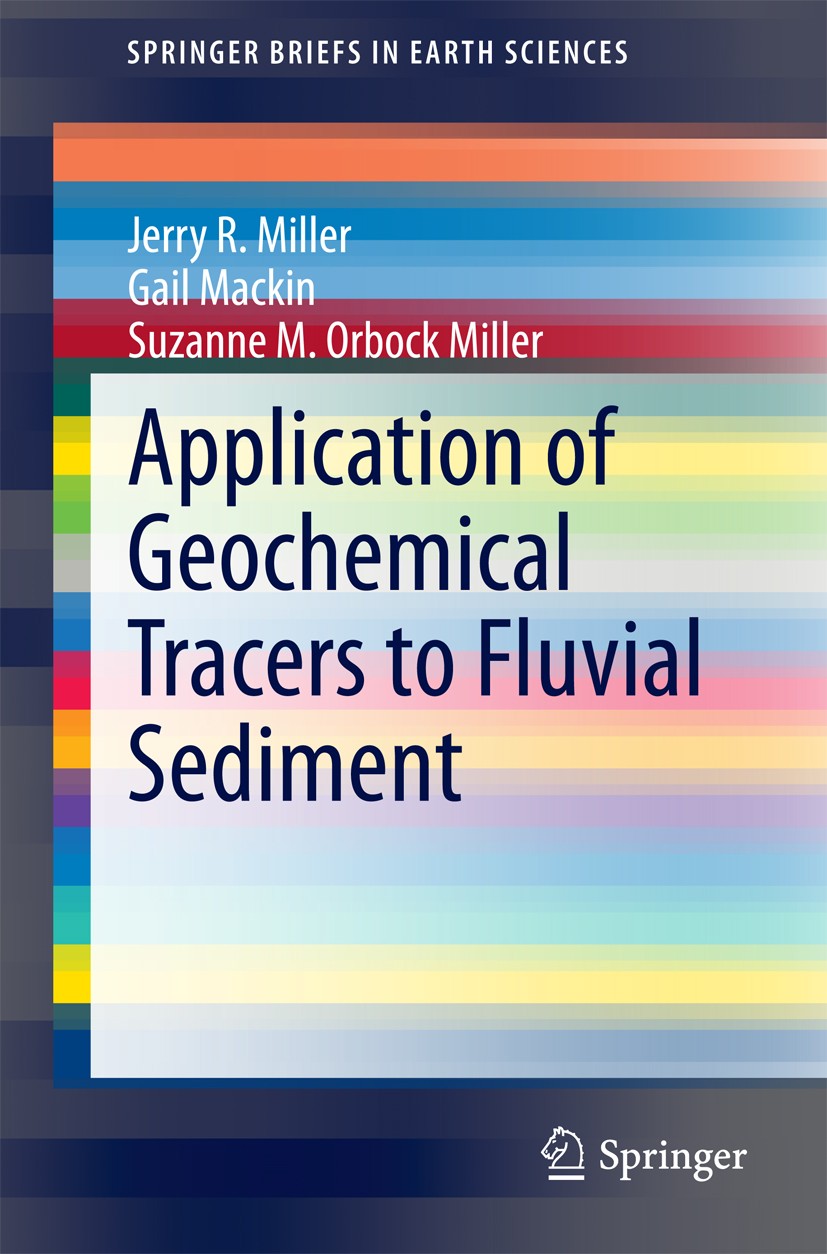| 期刊全称 | Application of Geochemical Tracers to Fluvial Sediment | | 影响因子2023 | Jerry R. Miller,Gail Mackin,Suzanne M. Orbock Mill | | 视频video | http://file.papertrans.cn/160/159115/159115.mp4 | | 发行地址 | Includes supplementary material: | | 学科分类 | SpringerBriefs in Earth Sciences | | 图书封面 |  | | 影响因子 | .This book takes an in-depth look at the theory and methods inherent in the tracing of riverine sediments. Examined tracers include multi-elemental concentration data, fallout radionuclides (e.g., .210.Pb, .137.Cs, .7.Be), radiogenic isotopes (particularly those of Pb, Sr, and Nd), and novel (“non-traditional”) stable isotopes (e.g., Cd, Cu, Hg, and Zn), the latter of which owe their application to recent advances in analytical chemistry. The intended goal is not to replace more ‘traditional’ analyses of the riverine sediment system, but to show how tracer/fingerprinting studies can be used to gain insights into system functions that would not otherwise be possible. The text, then, provides researchers and catchment managers with a summary of the strengths and limitations of the examined techniques in terms of their temporal and spatial resolution, data requirements, and the uncertainties in the generated results. .The use of environmental tracers has increased significantly during the past decade because it has become clear that documentation of sediment and sediment-associated contaminant provenance and dispersal is essential to mitigate their potentially harmful effects on aqua | | Pindex | Book 2015 |
The information of publication is updating

|
|
 |Archiver|手机版|小黑屋|
派博传思国际
( 京公网安备110108008328)
GMT+8, 2025-12-15 12:59
|Archiver|手机版|小黑屋|
派博传思国际
( 京公网安备110108008328)
GMT+8, 2025-12-15 12:59


